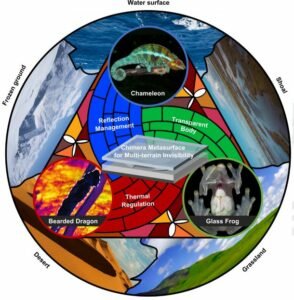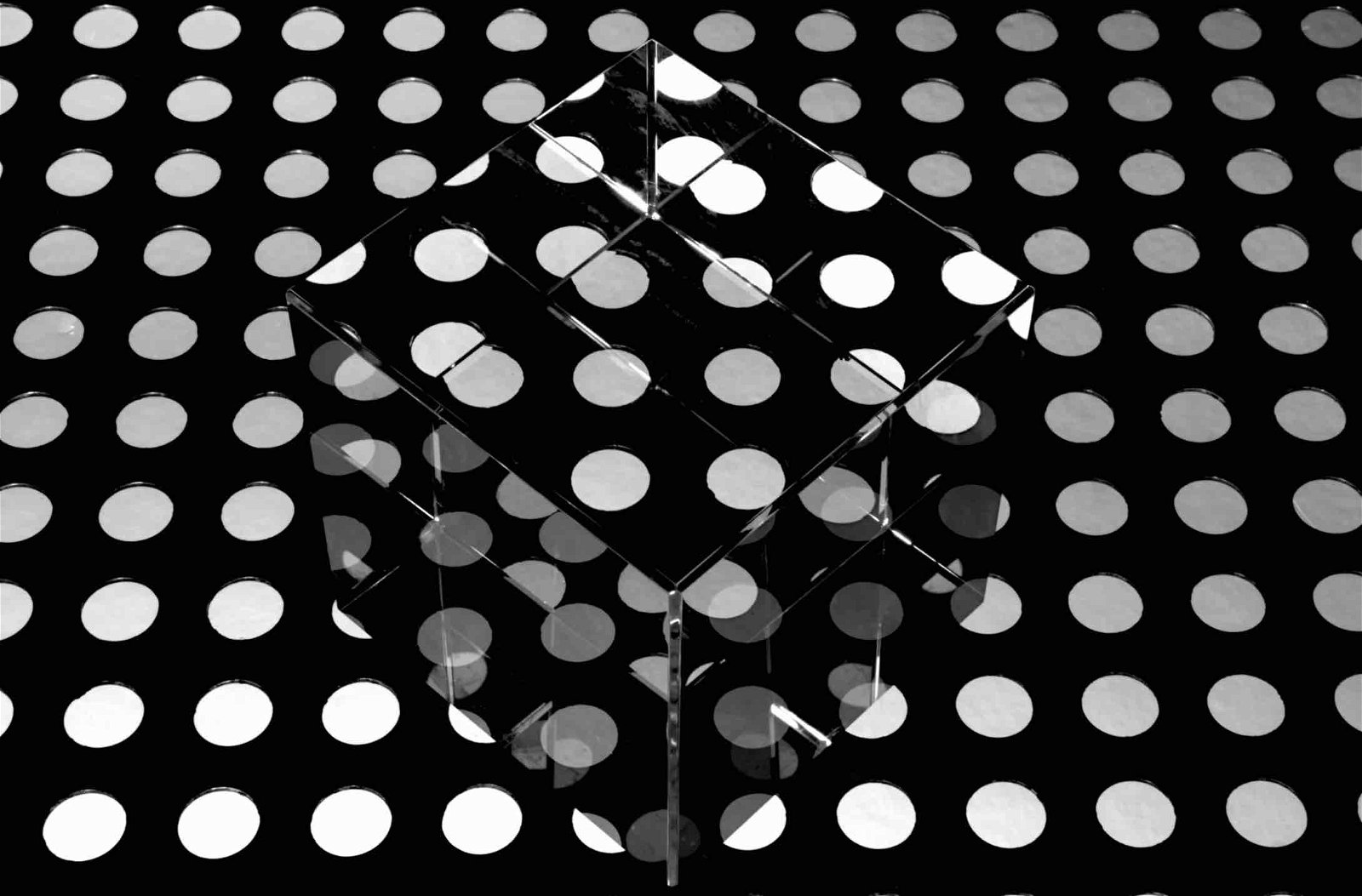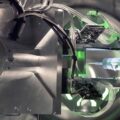A new metamaterial that taps into the power of animals who camouflage themselves in nature has achieved the first successful multi-terrain invisibility, making it effectively invisible to visible, microwave, and thermal scanning techniques.
Dubbed Chimera after the multi-faceted monster of Greek mythology, the new material can achieve its previously impossible capabilities in a range of environments, much like the animals who inspired its development, offering significant potential for both scientific and military applications.
Multi-Terrain Invisibility Inspired by Unique Class of Animal
In nature, certain animals have adapted themselves to appear virtually invisible to both predators and prey. The most famous of these is the chameleon, which can adapt its outer appearance to match its environment almost perfectly.
However, the chameleon is not the only poikilotherm lauded for its ability to achieve a form of invisibility to aid its survival. For example, the bearded dragon is noted for its ability to conceal itself thermally by matching the temperature of its environment, while the glass frog can make itself transparent so that predators cannot see it directly.
Now, a team of researchers says they have combined the adaptive ability of all three animals to produce a metamaterial that is effectively invisible across microwave, visible, and infrared spectra to achieve previously impossible multi-terrain invisibility.
Chimera Combines Adaptive Abilities of Three Different Poikilotherms
“Although camouflage technology has been a long-standing topic, the enthusiasm towards a practical[1]oriented invisibility has never weakened,” the researchers explain in the recently published research paper. “Past decades have witnessed a proliferation of metasurface-based invisibility owing to the advent of metasurfaces that can freely customize the electromagnetic waves. However, state-of-the-art works only achieve broadband invisibility in an individual terrain with its specific electromagnetic background.”
To surpass these limitations, the researchers studied the camouflage techniques used by animals that achieve some form of invisibility across a range of electromagnetic spectra, including microwave, visible, and thermal (infrared). Specifically, they studied how poikilotherms like the chameleon, the bearded dragon, and the glass frog can hide themselves and then incorporated all three abilities into one metamaterial they called Chimera.


“In this study, we introduce a multi-terrain invisibility metasurface that integrates biomimetic camouflage strategies, enabling dynamic invisibility across diverse terrains characterized by varying electromagnetic properties,” they explain. “This innovation is designed to effectively counter advanced synthesized detection methods encompassing microwaves, infrared, and visible light.”
Their new material achieves three distinct methods of multi-terrain invisibility. According to the researchers, the first ability is a “chameleon-like broadband in situ tunable microwave reflection mimicry” of a wide spectrum of natural terrains across a range of 8 to 12 GHz, including a water’s surface, shoal, beach/desert, grassland, and frozen ground environments. The same material can remain as optically transparent as an “invisible glass frog” while also successfully mimicking the bearded dragon’s “electrothermal effect” that can decrease the maximum thermal imaging difference between it and its local environment down to a paltry 3.1 degrees Celsius. This tiny temperature difference, the researchers note, “cannot be recognized by human eyes.”
By understanding the mechanisms behind all of these capabilities, the researchers say they have created a three-tiered “Chimera” incorporating the natural camouflage capabilities of all three animals into one surface. So, while some previous methods that mimic one of these capabilities in a narrow range of environments have been shown to create a limited amount of invisibility, the researchers say that their breakthrough metamaterial can accomplish all three at the same time and operate effectively across a wide range of natural environments.
“Compared to previous tunable invisibility strategies, our demonstration artificially reconstructs the environment-adaptive behaviors of chameleons, bearded dragons, and glass frogs in an integrated manner with the outstanding camouflage properties of broad bandwidth, polarization insensitivity, and angular allowance,” they explain.
Achieving Multiterrain Invisibility Could Have Scientific and Military Applications
While the Jilin University researchers behind the new metamaterial say they are still in the laboratory stages, the potential uses for Chimera they identify include uses for scientists and researchers hoping to remain effectively invisible while studying animals in their natural habitat to potential military uses that involve hiding soldiers and their equipment from electromagnetic detection including microwave, optical and infrared scanning.
“Our work has potential practical applications,” they write. “On one hand, the continuous low-dispersion in-situ tunability between quasiperfect reflection and strong absorption provides an abundance of states to mimic the electromagnetic characteristics of various real-world terrains, thus avoiding recognition by microwave radars from natural surroundings. On the other hand, the proposed metasurface may also reduce the long-distance detected probability of infrared detectors and optical video equipment by reappearing the thermal regulation of bearded dragons and the self-transparency of glass frogs.”
Finally, they also note that their Chimera metasurface retains potential compatibility with currently available infrared and visible camouflage materials and equipment, which may accelerate their implementation.
“Our work extends the applicable range of camouflage techniques from the constrained scenario to more terrains and advances reconfigurable electromagnetic devices to a multistable and circuit-topology-dynamic stage,” they conclude.
Christopher Plain is a Science Fiction and Fantasy novelist and Head Science Writer at The Debrief. Follow and connect with him on X, learn about his books at plainfiction.com, or email him directly at christopher@thedebrief.org.

